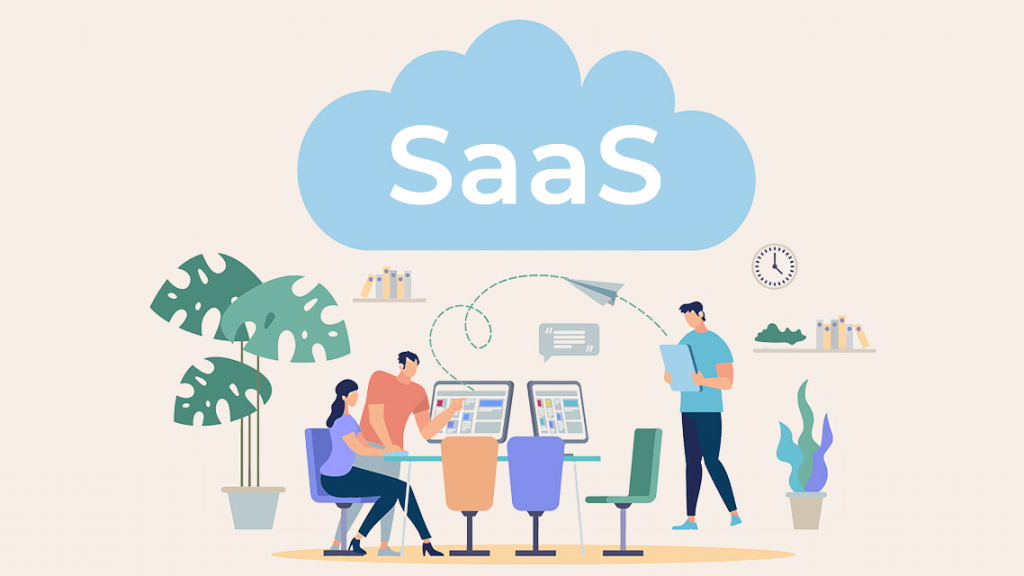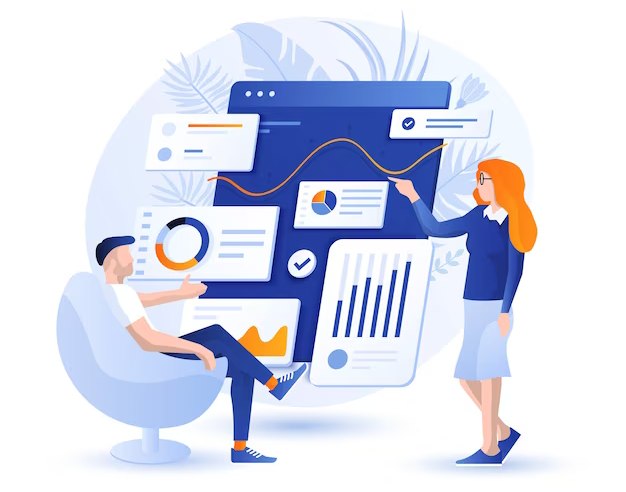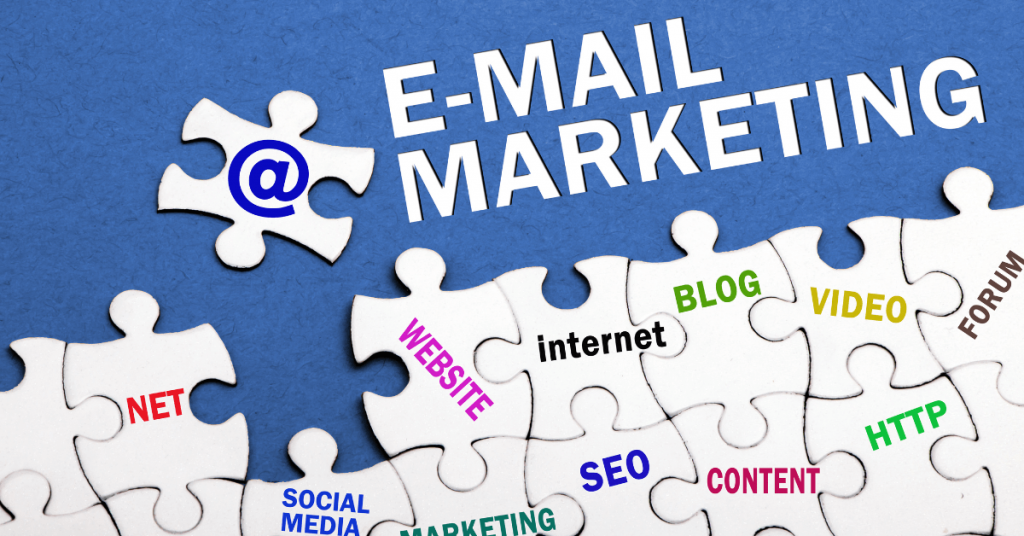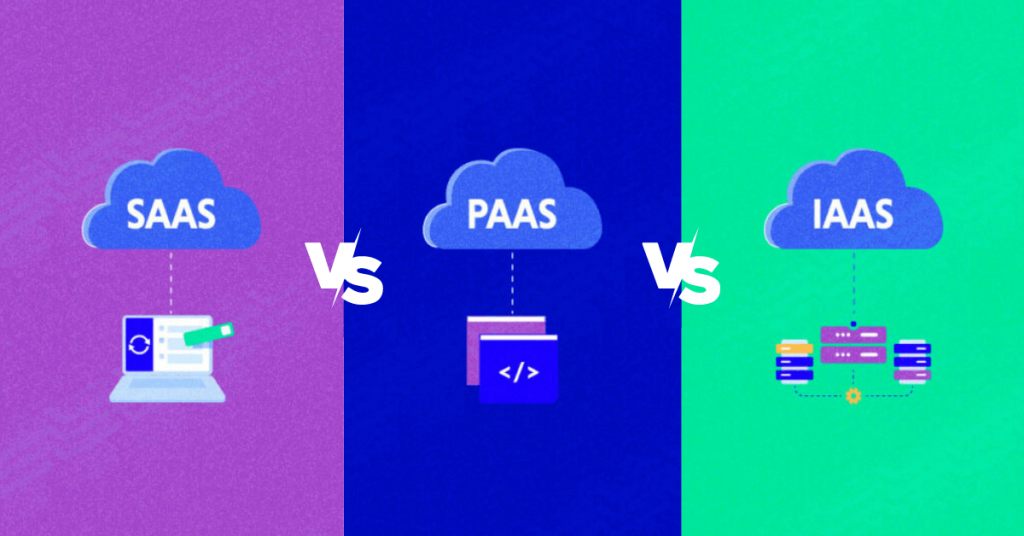Welcome to our comprehensive guide on SaaS marketing—a journey through the intricate world of Software as a Service marketing strategies. Whether you’re new to SaaS marketing or a seasoned pro, this guide will equip you with the insights and tactics to excel in this dynamic landscape.
In today’s digital age, Software as a Service (SaaS) has revolutionized the way businesses and individuals access and utilize software. Unlike traditional software models, where software is bought and installed on a user’s device, SaaS offers cloud-based applications accessible via the Internet. The significance of marketing in this domain cannot be overstated—it’s the linchpin that propels SaaS companies to success.
Let’s delve deeper into SaaS Marketing to understand techniques and strategies to grow your SaaS business.
What Is SaaS Marketing?
SaaS marketing refers to the strategies and techniques employed to promote and sell Software as a Service (SaaS) products. SaaS is a software distribution model where applications are hosted by a third-party provider and made available to customers over the Internet. Unlike traditional software that needs to be installed on individual computers, SaaS applications are accessed through web browsers and are often offered on a subscription basis.
SaaS marketing focuses on attracting, converting, and retaining customers for these cloud-based software solutions. The goal is to effectively communicate the value of the SaaS product, address customer pain points, and showcase the benefits of using the software.

Understanding The SaaS Customer Journey
Imagine SaaS marketing as a journey, much like a traveler embarking on a grand adventure. The journey is divided into four distinct stages: Awareness, Consideration, Decision, and Retention. At each stage, there’s an opportunity to captivate, engage, and guide potential customers toward becoming dedicated users and advocates of your SaaS solution.
- Awareness: Think of this stage as the moment when travelers first hear whispers of a far-off land. At the awareness stage, potential customers are just discovering their challenges. Your role as a SaaS marketer is to be their guide, showing up where they’re looking for solutions. Offer valuable content that educates, informs, and establishes your brand’s authority.
- Consideration: As travelers start packing their bags and planning their journey, potential customers are evaluating their options. They’re comparing features, pricing, and user experiences. This is your chance to shine with targeted content that showcases the unique value of your SaaS solution. Demonstrate how your solution addresses their pain points better than the competition.
- Decision: The moment has come to make a decision. Just as travelers choose their final destination, potential customers are selecting a SaaS solution. This is where you sweeten the deal—offer free trials, discounts, or exclusive benefits that tip the scale in your favor. Don’t forget the power of social proof; share success stories and customer testimonials to build trust.
- Retention: The journey doesn’t end once a traveler arrives at their destination. Similarly, the customer journey continues post-purchase. Happy customers are more likely to renew their subscriptions and recommend your SaaS solution. Deliver exceptional post-sale experiences, regular updates, and valuable content to nurture their loyalty.
What Are The Effective SaaS Marketing Techniques?
Effective SaaS marketing techniques are essential for driving growth and attracting a loyal customer base. Here are some proven techniques that can help you succeed in promoting your Software as a Service (SaaS) product:
1. Inbound Content Marketing:
- Develop a content calendar: Plan a consistent schedule for creating and publishing valuable content that addresses your audience’s pain points and challenges.
- Keyword research: Identify relevant keywords and phrases to optimize your content for search engines, increasing your chances of ranking higher in search results.
- Educational resources: Create comprehensive guides, how-to articles, and tutorials that showcase your expertise and help potential customers solve problems.
- Guest posting: Collaborate with industry influencers and guest post on their blogs to expand your reach and establish authority in your niche.
2. Free Trials and Freemium Models:
- Clear value proposition: Clearly communicate what users can achieve with the free trial or freemium version of your SaaS product.
- Onboarding assistance: Provide guidance and support to help users make the most of their trial experience, reducing the learning curve.
- Feature limitations: Define the limitations of the free version to encourage users to upgrade to a paid plan for more advanced features and functionality.
3. Conversion-Optimized Landing Pages:
- Compelling headlines: Craft attention-grabbing headlines that immediately convey the value of your SaaS product.
- Benefits-focused content: Highlight the specific benefits and solutions your product offers, addressing pain points.
- Visual elements: Use visuals like images, videos, and infographics to explain complex concepts and enhance engagement.
- Trust indicators: Display customer testimonials, logos of well-known clients, and security certifications to build trust.
4. Email Marketing Campaigns:
- Segmentation: Segment your email list based on user behavior, demographics, and interactions to send relevant content and offers.
- Drip campaigns: Set up automated sequences of emails that gradually educate and nurture leads over time.
- Personalization: Use the recipient’s name and personalized content to make your emails feel more tailored.
- A/B testing: Test different subject lines, email copy, and CTAs to identify what resonates best with your audience.
5. Personalization and Segmentation:
- Buyer personas: Develop detailed personas that represent different customer segments and their pain points.
- Dynamic content: Customize your website, emails, and marketing materials based on the user’s behavior and preferences.
- Behavioral triggers: Send targeted messages based on specific actions users take, such as visiting certain pages or abandoning their cart.
6. Social Media Engagement:
- Platform selection: Focus on social media platforms most relevant to your target audience, such as LinkedIn, Twitter, and industry-specific forums.
- Consistent posting: Regularly share a mix of your own content, industry news, and engaging visuals to keep your audience engaged.
- Community interaction: Respond promptly to comments, messages, and mentions to build relationships and foster conversations.
7. Search Engine Optimization (SEO):
- On-page optimization: Optimize your website’s meta titles, descriptions, headers, and content with relevant keywords.
- High-quality backlinks: Build authoritative backlinks from reputable websites in your industry to improve your site’s credibility and SEO ranking.
- Mobile optimization: Ensure your website is mobile-friendly, as Google considers mobile compatibility in its ranking algorithm.
8. Paid Advertising:
- Keyword targeting: Create targeted PPC campaigns using relevant keywords that align with user intent.
- Ad copy testing: Experiment with different ad copy variations to identify the most effective messaging.
- Landing page alignment: Ensure your ads lead to landing pages that match the ad’s message and provide a clear call-to-action.
9. Referral Programs:
- Incentives: Offer rewards such as discounts, extended trial periods, or cash incentives to customers who refer others.
- Referral tracking: Implement tracking mechanisms to attribute referrals accurately and reward customers accordingly.
- Promotional materials: Provide sharable content like referral emails, social media posts, and banners to make it easy for customers to refer others.
10.Customer Success and Support:
- Knowledge base: Create a comprehensive knowledge base with articles, FAQs, and tutorials to help users troubleshoot issues.
- Proactive outreach: Reach out to customers to offer assistance, gather feedback, and ensure they’re getting value from your product.
- Customer feedback loop: Use customer feedback to identify areas for improvement and develop new features that align with user needs.
11. Case Studies and Success Stories:
- Real-world examples: Share detailed case studies that showcase how your SaaS product solved specific challenges for customers.
- Quantifiable results: Highlight tangible outcomes such as increased efficiency, cost savings, or revenue growth.
- Testimonials: Include direct quotes or video testimonials from satisfied customers to provide social proof.
12. Partnerships and Integrations:
- Strategic alliances: Identify complementary SaaS products and establish partnerships to cross-promote each other’s offerings.
- Integration benefits: Clearly communicate how integrations enhance the user experience and streamline workflows.
- Joint webinars and events: Collaborate on webinars, workshops, or events to showcase the combined value of your products.
13. Webinars and Live Demos:
- Interactive sessions: Host live webinars or demos that allow participants to ask questions and engage with your team.
- Use cases: Demonstrate how your SaaS product can be applied to real-world scenarios relevant to your target audience.
- Recordings and follow-up: Share webinar recordings and follow up with attendees to address any remaining questions.
14. Data-Driven Analysis:
- KPI tracking: Monitor key performance indicators (KPIs) such as conversion rates, churn rates, customer acquisition costs, and customer lifetime value.
- A/B testing: Experiment with variations in marketing campaigns to identify what strategies yield the best results.
- Iteration and optimization: Continuously refine your strategies based on data insights to improve your SaaS marketing efforts over time.
Remember that the effectiveness of these techniques can vary based on factors like your target audience, industry, and the unique attributes of your SaaS product. Regularly assess your marketing strategies and adapt them to changing trends and customer feedback.
Metrics and Analytics in SaaS Marketing
1. Key Performance Indicators (KPIs)
Just as travelers use maps and landmarks to measure their journey, SaaS marketers rely on Key Performance Indicators (KPIs) to navigate the marketing landscape. Keep a keen eye on metrics like Customer Acquisition Cost (CAC) and Customer Lifetime Value (CLTV). These numbers reveal the health of your finances and the longevity of your customer relationships.
Additionally, monitor your churn rate—the percentage of customers who cancel their subscriptions—and retention metrics to gauge the effectiveness of your strategies.
Read More: Top SaaS Metrics for Running a Successful SaaS Business
2. Tools for SaaS Marketing Analytics
To navigate the complex terrains of SaaS marketing, you need the right tools in your toolkit. Google Analytics serves as your compass, guiding you through the digital wilderness by providing insights into website traffic, user behavior, and conversion rates.
Marketing automation platforms, such as HubSpot, offer a robust set of features for tracking engagement, nurturing leads, and automating workflows. For a comprehensive understanding of customer sentiment, consider utilizing tools that analyze feedback and sentiment from various channels.

SaaS Marketing Challenges and How to Overcome Them
1. Addressing Long Sales Cycles
SaaS sales cycles are often intricate journeys that require patience and precision. Tailor your content and engagement strategies to suit different stages of the cycle. For those in the early awareness stage, focus on providing educational resources that illuminate the path forward.
Implement lead scoring to identify high-intent leads and prioritize your efforts. Offer free trials that allow potential customers to experience your solution firsthand, easing them into the decision-making process.
2. Dealing with Churn
Churn is the treacherous crossroad that often derails SaaS marketing efforts. Keep a vigilant watch on user engagement and usage patterns. If a traveler starts veering off course, proactively reach out and guide them back.
Continuously refine your SaaS solution based on customer feedback to ensure it aligns with evolving needs. Prioritize customer success initiatives that focus on maximizing the value customers derive from your solution.
3. Staying Updated with Trends
Just as travelers depend on up-to-date maps, successful SaaS marketers stay in tune with the latest trends. Follow industry publications, thought leaders, and influencers to stay ahead of the curve. Attend webinars, conferences, and workshops to gain insights into emerging strategies and technologies. Embrace A/B testing to experiment with new marketing trends and refine your approach based on real-time data.
4. Navigating Intense Competition
The SaaS landscape is becoming increasingly competitive, with new entrants constantly emerging. To overcome this challenge, focus on building a strong and unique value proposition. Clearly communicate what sets your SaaS solution apart from the rest and how it directly addresses your target audience’s pain points.
Conduct a thorough competitor analysis to understand their strengths and weaknesses, enabling you to highlight your advantages. Invest in building a strong brand identity that resonates with your audience and consistently deliver exceptional customer experiences to foster loyalty.
5. Effective Pricing Strategies
Determining the right pricing strategy for your SaaS product can be challenging. Set your pricing too high, and you risk alienating potential customers; set it too low, and you might struggle to cover costs. To address this challenge, adopt a data-driven approach. Conduct market research to understand the pricing models of your competitors and the perceived value in the market.
Consider offering tiered pricing options that cater to different customer segments and their varying needs. Implement a free trial period or a freemium model to allow potential customers to experience your product’s value before committing to a purchase.
Regularly analyze your pricing strategy and make adjustments based on customer feedback and changing market conditions.
Case Studies: Successful SaaS Marketing Campaigns
1. HubSpot: Inbound Marketing Excellence
HubSpot’s inbound marketing strategy is a beacon of success in the SaaS world. Their approach centers around creating valuable and educational content that naturally attracts potential customers. By addressing pain points and offering solutions, HubSpot establishes itself as a go-to resource for marketing and sales professionals. Through this method, they foster trust, build relationships, and guide customers on their journey towards success.
2. Dropbox: The Power of Referral Marketing
Dropbox’s ingenious referral program has become a legend in the marketing landscape. By offering users increased storage space in exchange for referring friends, Dropbox created a viral loop of growth. This unique approach turned Dropbox users into enthusiastic advocates, spreading the word about the platform. This not only fueled explosive growth but also illustrated the impact of incentivizing customers to become active promoters of your brand.
Conclusion
Congratulations, you’ve now embarked on a transformative journey through the realm of SaaS marketing! From understanding the SaaS customer journey to crafting compelling content, nurturing leads, and overcoming challenges, you’re armed with a toolkit of strategies and insights.
Keep in mind that SaaS marketing is a continuous adventure of learning and adaptation. Apply these strategies to your unique SaaS marketing efforts and watch as your brand thrives and flourishes in the competitive digital landscape. Remember, the journey is ongoing, and the path ahead is as exciting as the milestones behind it. Safe travels!

